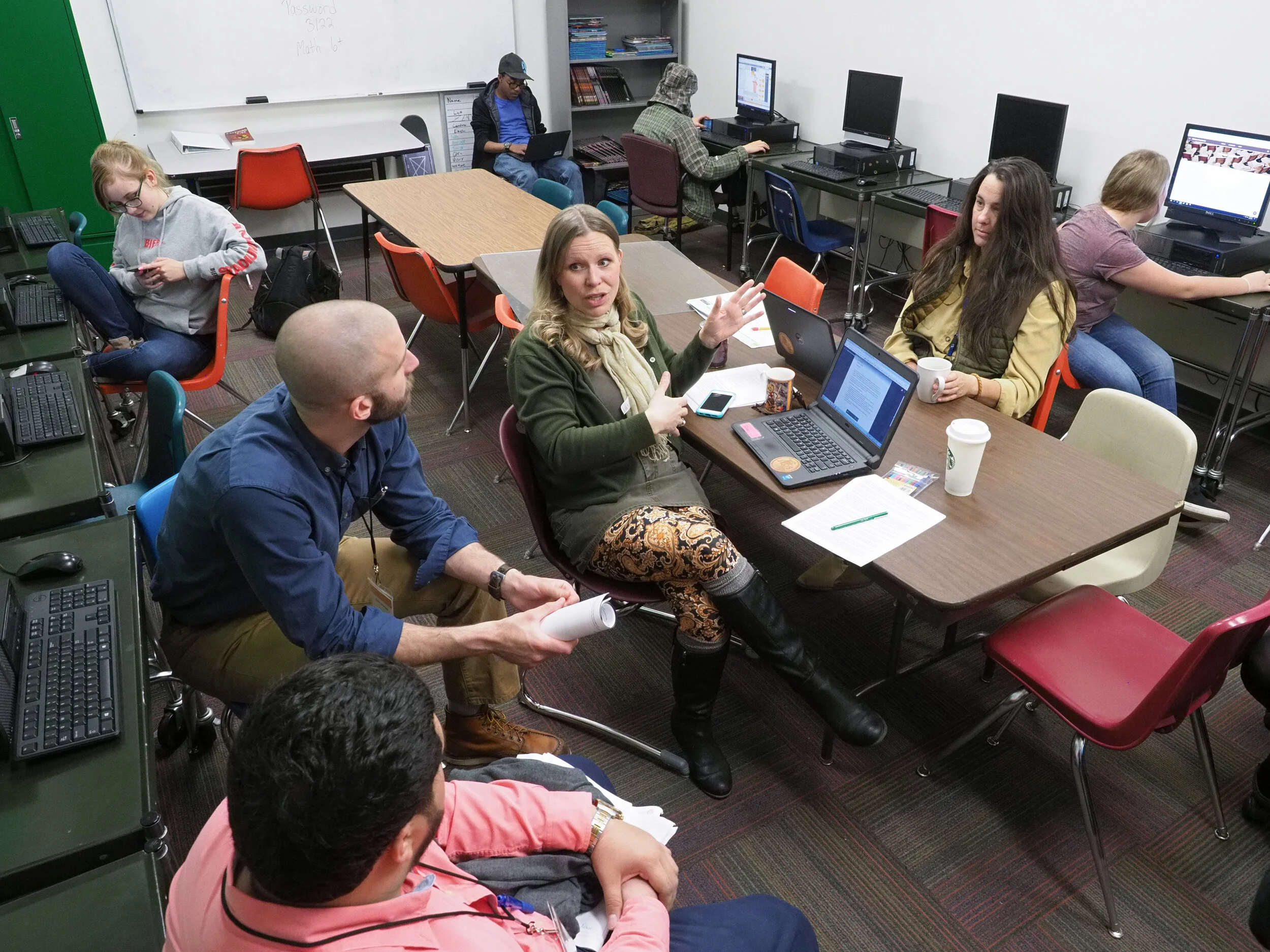This post originally appeared on The Learning Commons. See the original post here.

Designing a new school model is an exciting premise. There are limitless opportunities to explore, stakeholders to engage, and resources to utilize. But it can be challenging to know where to start and what to bear in mind throughout the process.
Springpoint supports districts, schools, and CMOs in designing high school models that are responsive to the needs of their students and communities. In the past seven years, we’ve learned a lot about what goes into supporting new schools and meeting partners where they are in their process. We’ve built up a set of resources that capture some of our learnings and share guidance on different aspects of school design.
For those who are engaging in a full, robust design process, we encourage you to check out our seminal school design guide. It’s among the many resources we’ve recently added to the rich and expansive library of tools and materials on the Learning Commons that can help practitioners develop strong instructional practices that prepare students for college and career.
Here are five top line considerations for schools and districts engaging in school design or continuous improvement work:
GROUND ALL WORK IN POSITIVE YOUTH DEVELOPMENT.
In our close work with practitioners, we’ve found that “at great schools, the work of learning and the work of becoming one’s self are inextricably bound together.” Our practical paper on positive youth development is based on this central idea and goes into detail on the five tenets of positive youth development alongside questions to identify the presence of the tenets and examples of how they each come to life in a school context.
SET A VISION TO GUIDE THE WORK.
Every school needs a mission statement to guide the design process. Our late founder, JoEllen Lynch, appeared on the XQ Expert Series to talk about the importance of grounding a strong mission and vision in who students are and what they need. A portrait of a graduate is a key way that school teams can bring the mission to life and establish a vision for the skills and knowledge students should have upon graduation. We wrote about the five things to keep in mind when developing a graduate portrait and shared a visioning tool that can help get teams started.
LEARN FROM GREAT PRACTICE.
Practitioners need to see great practice in action. We’ve developed a list of innovative schools across the country where practitioners can source ideas and inspiration. We also published a how-to guide for those who are working to plan a thoughtful and edifying school visit.
EMPOWER STUDENTS AND COMMUNITIES.
Involving and engaging stakeholders in a school design process is both a form of equity and a key way to tap into the incredible resources and knowledge of the community. We created a robust reading and resource list to help school designers work alongside diverse communities. We support all of our partners to leverage student voice and participation throughout the school design and implementation process. For example, our partners at Chelsea Opportunity Academy, implemented student-led instructional rounds to surface actionable insights. A student from another Springpoint partner school, Urban Assembly Maker Academy, wrote about how to involve students when hiring and supporting teachers.
EXPLORE AND IMPLEMENT MASTERY-BASED LEARNING.
Springpoint developed Mastery Look-Fors to help practitioners better understand what mastery looks like in practice. Our series of case studies that profile mastery-based schools is another illustrative tool that goes into detail on the ways in which mastery can support students to succeed and own their own learning.
And if you’re ready to take your design work further, consider prioritizing a primary person model through an advisory model, crafting your school’s schedule to meet student needs, using data to drive design, and growing your school strategically grade-by-grade. Check out the rest of our resources on the Learning Commons as well, and reach out to me if you have any questions.